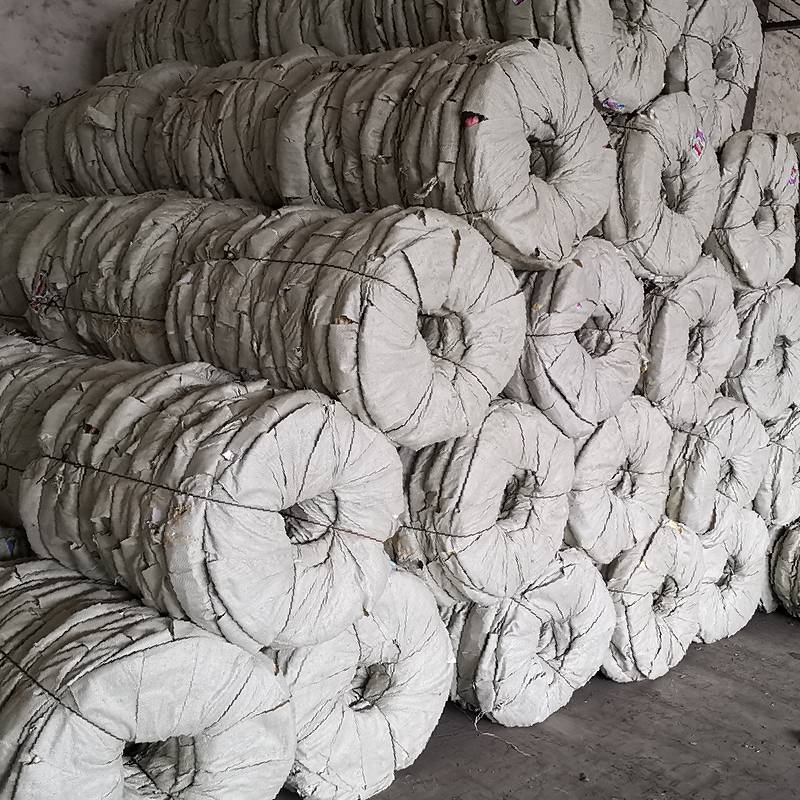Understanding RV Trailer Leaf Springs for Optimal Towing Performance and Stability
Okt . 03, 2024 06:27
Understanding RV Trailer Leaf Springs Essential Components for Your Trailer's Suspension System
When it comes to recreational vehicles (RVs) and trailers, maintaining a reliable and efficient suspension system is crucial for safety, comfort, and overall performance. One of the key components in many RV trailers is the leaf spring. Leaf springs are a type of suspension system that has been widely used in vehicles for decades. They help support the weight of the trailer and absorb road shocks, providing a smoother ride.
What Are Leaf Springs?
Leaf springs consist of several flat, elongated pieces of metal (often steel) that are stacked on top of each other. One end of the spring is attached to the trailer’s axle, while the other end is connected to the trailer frame. The design allows the spring to flex and compress as the trailer moves over uneven terrain, effectively absorbing bumps and jolts.
The configuration and design of leaf springs can vary based on the trailer's weight capacity and intended use. Typically, heavier loads will require more leafs or a thicker design to provide adequate support and minimize sagging.
Advantages of Leaf Springs
1. Durability Leaf springs are known for their strength and durability. They can withstand significant weight and are less likely to fail compared to other suspension types, like coil springs.
2. Cost-Effective Leaf springs are generally more economical to manufacture and maintain. Repairs and replacements tend to be straightforward, which is a consideration for many RV owners.
3. Load Distribution The design of leaf springs allows them to effectively distribute weight across the trailer. This is especially important for maintaining balance and stability, preventing excessive swaying while driving.
rv trailer leaf springs

4. Adjustability Depending on the setup, leaf springs can be adjusted for different loads. This feature is particularly beneficial for RVs and trailers that may carry varying amounts of weight.
Considerations for RV Trailer Owners
While leaf springs have many advantages, RV owners should also be mindful of their limitations. Over time, leaf springs can sag due to wear and tear, especially if the trailer is consistently loaded beyond its recommended capacity. This sagging can lead to poor handling, reduced comfort, and increased tire wear.
Routine inspections of the leaf springs are essential to ensure they are in good condition. Look for signs of rust, cracks, or broken leaves. If any of these issues are noticed, it's crucial to address them promptly to prevent further damage or failure.
Enhancing Leaf Spring Performance
For those looking to optimize their RV trailer's suspension, there are several modifications and enhancements available. Adding helper springs or upgrading to more advanced suspension systems can significantly improve ride quality and handling. Some RVers also explore air suspension systems as an alternative, which can offer even more customization for weight distribution and comfort.
Conclusion
Leaf springs are a foundational element of RV trailer suspension systems, providing strength, durability, and cost-effectiveness. Understanding their function and maintenance requirements can help RV owners ensure a safe and enjoyable experience on the road. By being proactive in inspections and considering potential upgrades, owners can enhance their trailer's performance and prolong the lifespan of their suspension components. Whether you are a seasoned RV traveler or a newcomer to the world of travel trailers, having a solid grasp of how leaf springs work will certainly contribute to a smoother journey and a more enjoyable adventure.




















